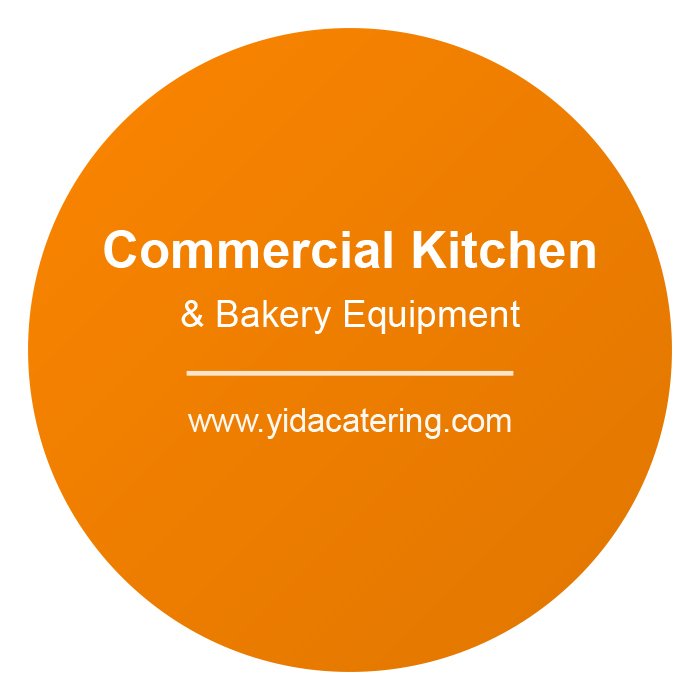In the fast-paced world of foodservice, efficiency, precision, and consistency are non-negotiable. Whether you’re running a bustling restaurant, a catering service, or a large-scale food preparation facility, commercial food processors are indispensable tools that can revolutionize your kitchen operations. These versatile machines streamline essential tasks such as chopping, slicing, grating, and pureeing, saving time and labor while ensuring uniform results.
If you’re considering investing in a commercial food processor or simply want to optimize your current setup, this guide will walk you through the key types, features, benefits, and applications of these kitchen powerhouses.
Key Types of Commercial Food Processors
Commercial food processors come in various designs, each tailored to specific culinary needs. Here are the three primary types:
1. Batch Bowl Processors
Batch bowl processors are perfect for handling ingredients in small to medium quantities. Ingredients are processed directly into a bowl, allowing for easy mixing and portioning. These machines are highly versatile and can perform tasks such as slicing vegetables, shredding cheese, or chopping herbs with efficiency.
2. Bowl Choppers
Bowl choppers are known for their heavy-duty performance and are ideal for pureeing meats, vegetables, and fruits. They excel in creating smooth textures, making them a go-to choice for dishes like sausages, coleslaw, or creamy dips. If your menu includes items that require finely processed ingredients, this type is a must-have.
3. Continuous Feed Processors
For high-volume operations, continuous feed processors are the ultimate solution. These machines allow for uninterrupted processing by feeding ingredients continuously into the unit while dispensing the output externally. This design is perfect for large-scale kitchens where efficiency and speed are critical.
Features and Benefits of Commercial Food Processors
What makes commercial food processors such a valuable asset in professional kitchens? Here are some standout features and benefits:
1. Versatility
From chopping vegetables to creating purees and sauces, these machines can handle a wide range of culinary tasks. With interchangeable blades and discs, they can be easily customized for specific recipes or preparation methods.
2. Durability
Built with high-quality materials like stainless steel, commercial food processors are designed to withstand the rigors of daily use in demanding environments. Their robust construction ensures longevity and reliable performance over time.
3. Ease of Cleaning
Many models feature dishwasher-safe components or quick-release parts that simplify cleaning and maintenance. This ensures that hygiene standards are met without adding extra strain on your staff.
4. Efficiency
Commercial food processors dramatically reduce prep time by processing ingredients quickly and consistently. This not only speeds up kitchen operations but also minimizes manual labor, allowing your team to focus on other tasks.
5. Adaptability
With a variety of attachments available—such as slicing discs, shredding blades, and grating tools—these machines can adapt to diverse culinary applications. Whether you’re preparing ingredients for soups, salads, or desserts, a commercial food processor can handle it all.
Applications of Commercial Food Processors
The versatility of commercial food processors makes them suitable for a wide array of kitchen tasks. Here are some common applications:
- Ingredient Preparation: Quickly chop, slice, or dice vegetables for soups, salads, and stir-fries.
- Purees and Sauces: Create smooth purees for dishes like hummus, mashed potatoes, or tomato sauce with ease.
- Dips and Spreads: Whip up guacamole, pesto, or creamy dressings in minutes.
- Shredding and Grating: Shred cheese for pizzas or grate carrots for baked goods effortlessly.
- Specialty Dishes: Process meats for sausages or finely chop ingredients for coleslaw and other salads.
By integrating a commercial food processor into your kitchen workflow, you can significantly enhance your ability to deliver high-quality dishes consistently and efficiently.
Why Invest in a Commercial Food Processor?
For foodservice professionals, investing in the right equipment is critical to ensuring operational success. A commercial food processor offers:
- Time Savings: Speed up prep work without compromising quality.
- Cost Efficiency: Reduce labor costs by automating repetitive tasks.
- Consistency: Deliver uniform results that meet customer expectations every time.
- Scalability: Handle both small-scale prep work and high-volume production with ease.
Whether you’re running a small café or managing the kitchen of a large restaurant chain, a commercial food processor is an investment that pays off in both performance and productivity.
Final Thoughts
In professional kitchens where every second counts, commercial food processors play a vital role in streamlining operations and maintaining consistency across dishes. Their versatility, durability, and efficiency make them an essential tool for any foodservice establishment looking to optimize their workflow and elevate the quality of their offerings.
By understanding the different types of commercial food processors and their applications, you can choose the right model to meet your specific needs. Equip your kitchen with one of these powerful machines today and watch your productivity soar while delivering exceptional culinary results.

